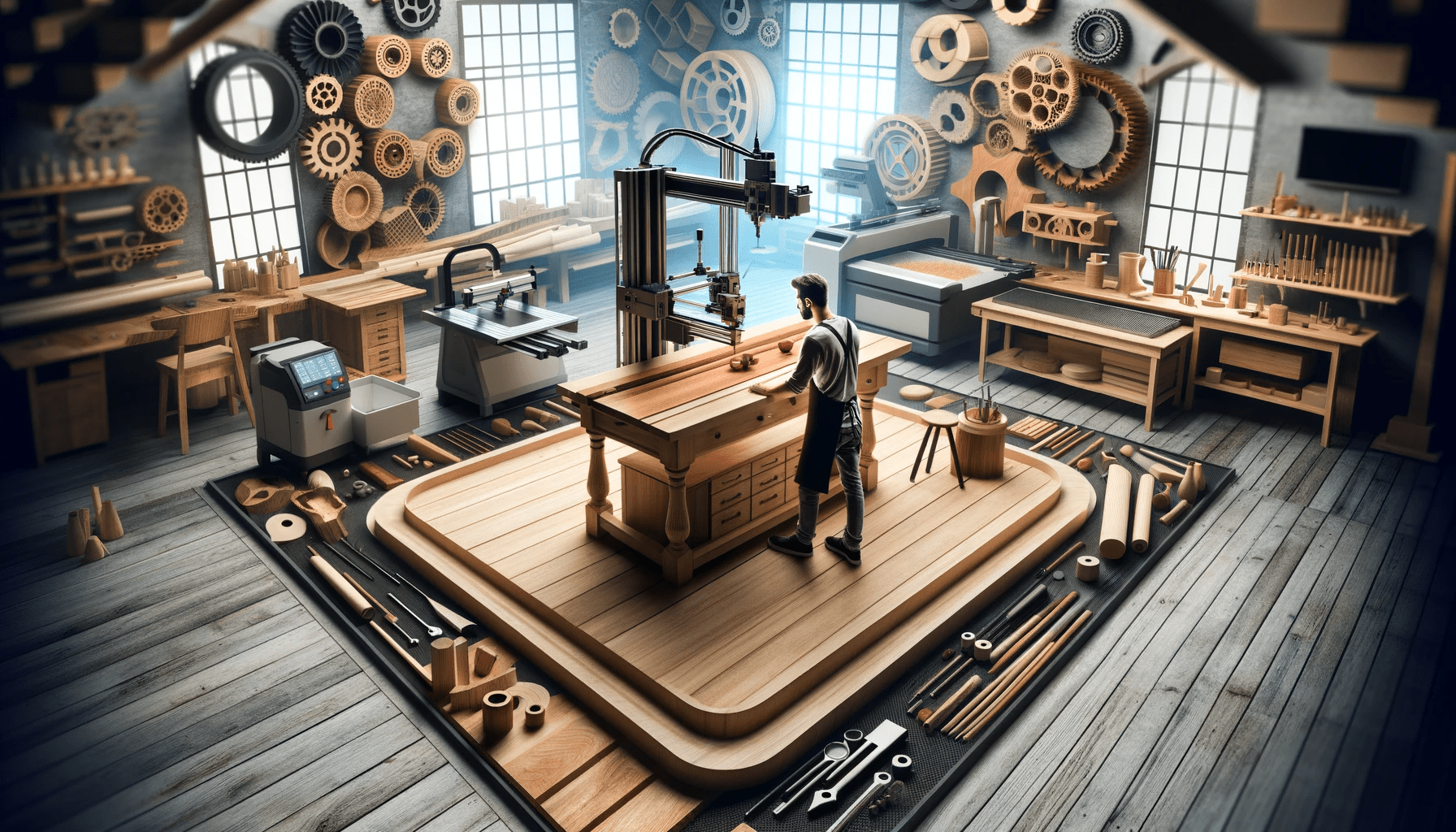The Intersection of Traditional Woodworking and Modern Technology
Embracing the New Era: Traditional Woodworking Meets Modern Tech
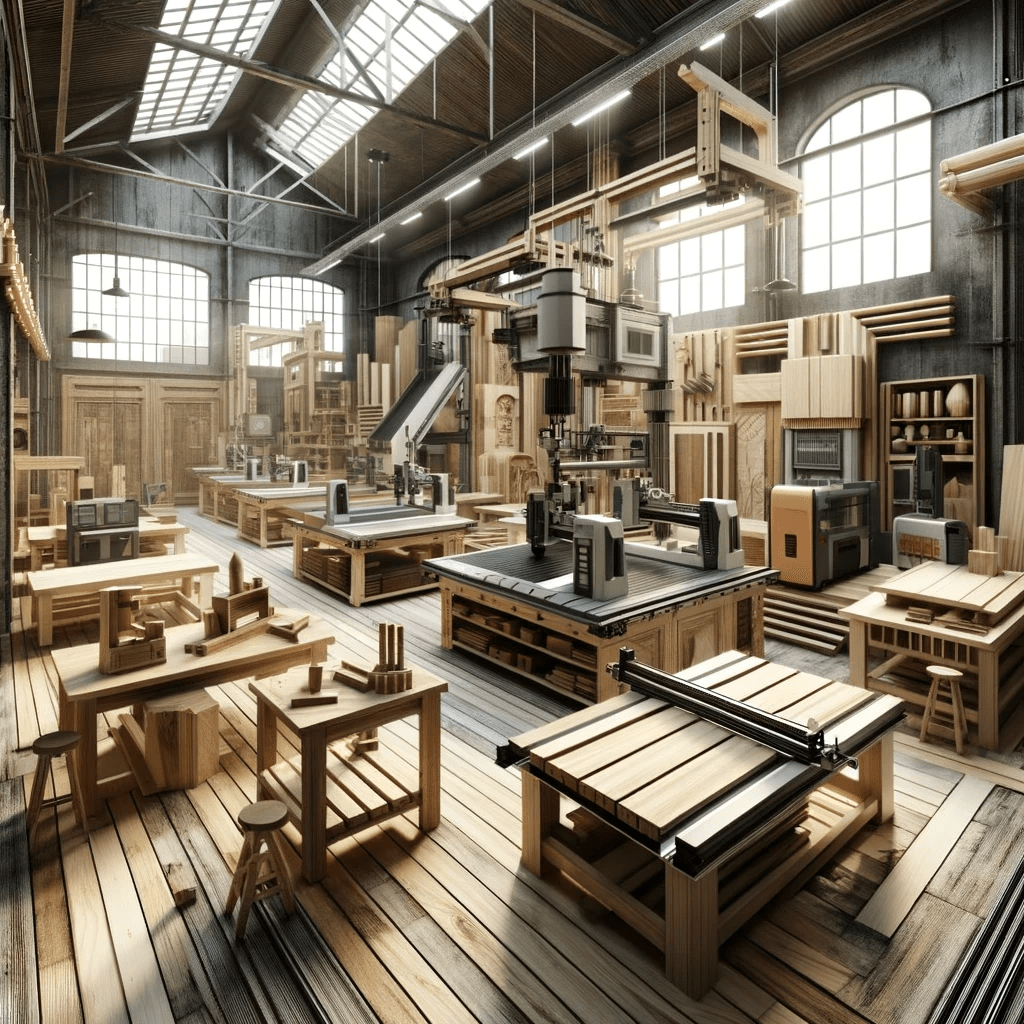
In the world of woodworking, a fascinating evolution is unfolding at the intersection of age-old craftsmanship and cutting-edge technology. This integration not only preserves the essence of traditional woodworking but also propels it into the future with innovative possibilities.
The Timeless Craft Meets Contemporary Tools
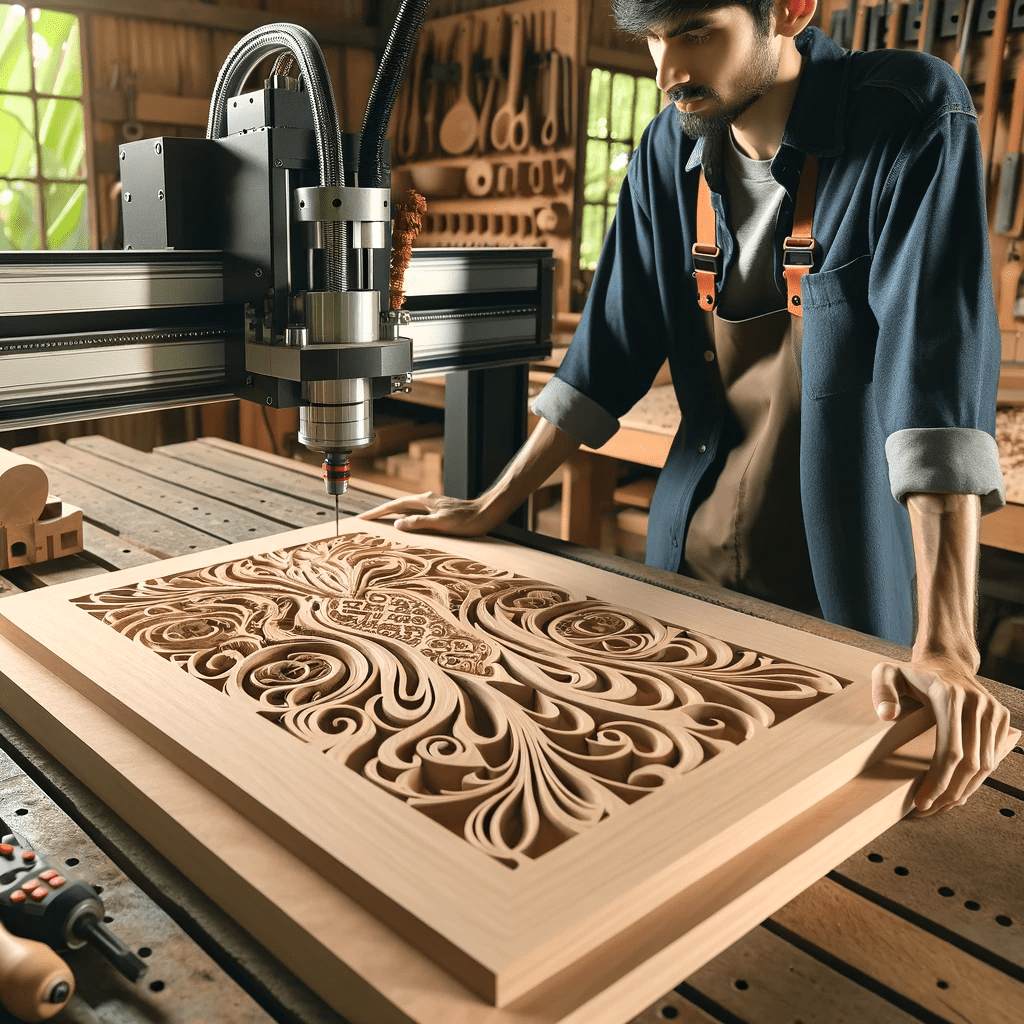
The essence of woodworking lies in the meticulous craftsmanship passed down through generations. Modern woodworkers are now merging these conventional techniques with advanced tools, creating a unique blend of old and new. For example, the use of electric saws, planers, jointers, and CNC machines has revolutionized production, allowing for intricate precision and faster turnaround times. Additionally, laser cutters and 3D printers are becoming staple tools in the modern woodworker’s arsenal.
Innovation within Tradition
While modern technology offers enhanced efficiency and precision, traditional woodworkers are not left behind. Many are exploring innovative avenues within their craft, inspired by the contemporary spirit of exploration. This includes experimenting with modern design elements and joinery techniques, integrating them into classic woodworking practices.
The Role of Digital Craftsmanship
The advent of digital technology has profoundly transformed woodworking. The use of computer-aided design (CAD) software, for instance, allows for more detailed planning and execution. CNC machines bring these designs to life with unmatched accuracy, blending the artisan’s skill with technological precision. This digitalized craftsmanship, however, comes with its set of challenges and opportunities, as it changes the way woodworkers interact with their materials and craft.
Sustainability: A Modern Consideration
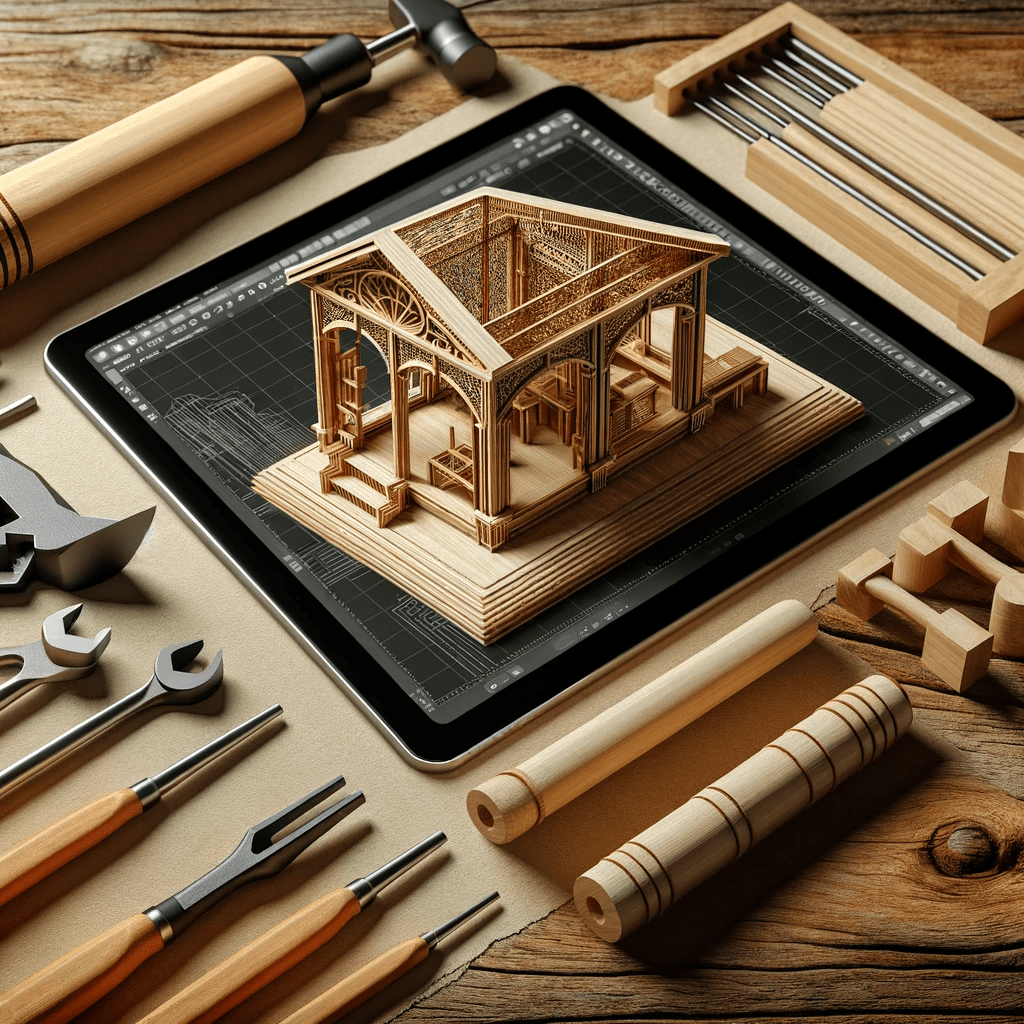
An important aspect of modern woodworking is sustainability. Sustainable wood manufacturing involves producing wood products in a way that meets current needs without compromising future generations. This philosophy is becoming increasingly significant in the woodworking community, combining traditional values with modern environmental consciousness.
Case Study: Building Big Tables
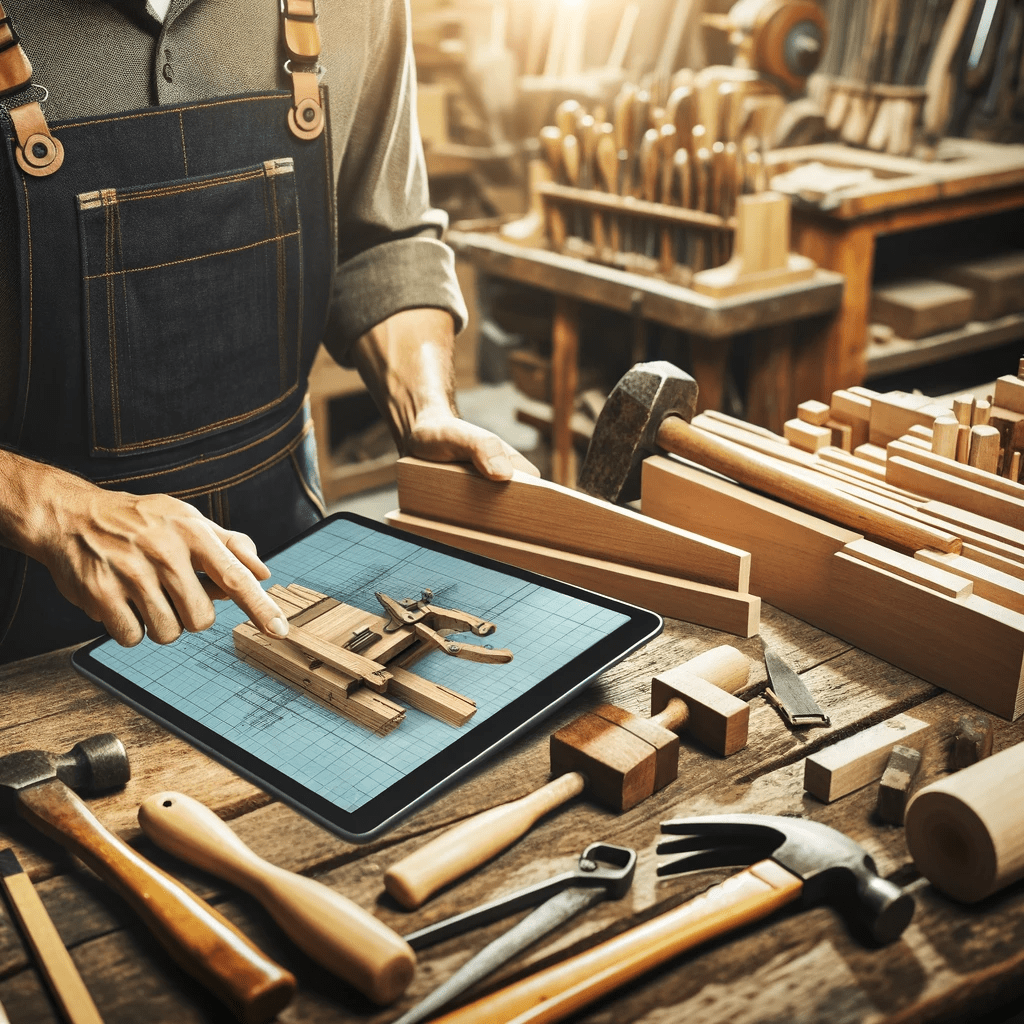
A prime example of this fusion is found in large-scale woodworking projects. Companies are balancing the art of handwork and traditional joinery with advanced technology to create custom designs and scale up projects. This approach has enabled the construction of massive tables, showcasing the seamless integration of traditional woodworking with modern techniques.
A Synergistic Future

The synergy between traditional woodworking and modern technology heralds a new era for the craft. It’s a future where the soul of woodworking is preserved, yet its scope is infinitely expanded by technological advancements. This exciting confluence promises a vibrant and sustainable future for the art of woodworking
WTR (Why’s That Radass?)
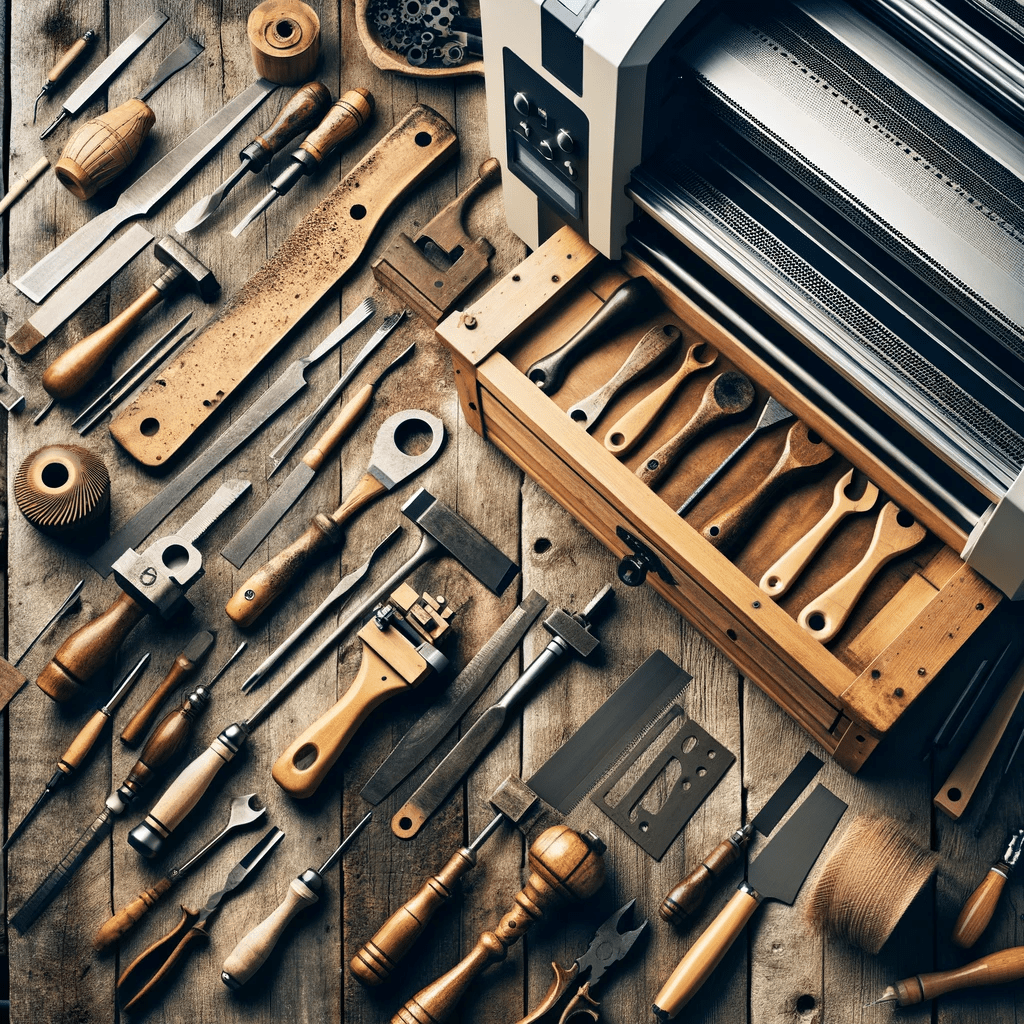
Merging Tradition with Innovation
The fusion of traditional woodworking and modern technology isn’t just a trend; it’s a revolutionary movement. It’s radass because it represents the best of both worlds – the timeless artistry and skill of traditional woodworking combined with the precision and efficiency of modern tech. This blend creates something entirely new and exciting, pushing the boundaries of what’s possible in woodcraft. It honors the past while embracing the future, proving that even in a digital age, the craftsmanship of woodworking remains as relevant and vibrant as ever. By integrating ancient techniques with tools like 3D printing and AI design, we’re witnessing the evolution of a craft, ensuring its survival and relevance for generations to come. That’s why this intersection is not just innovative; it’s truly radass.
